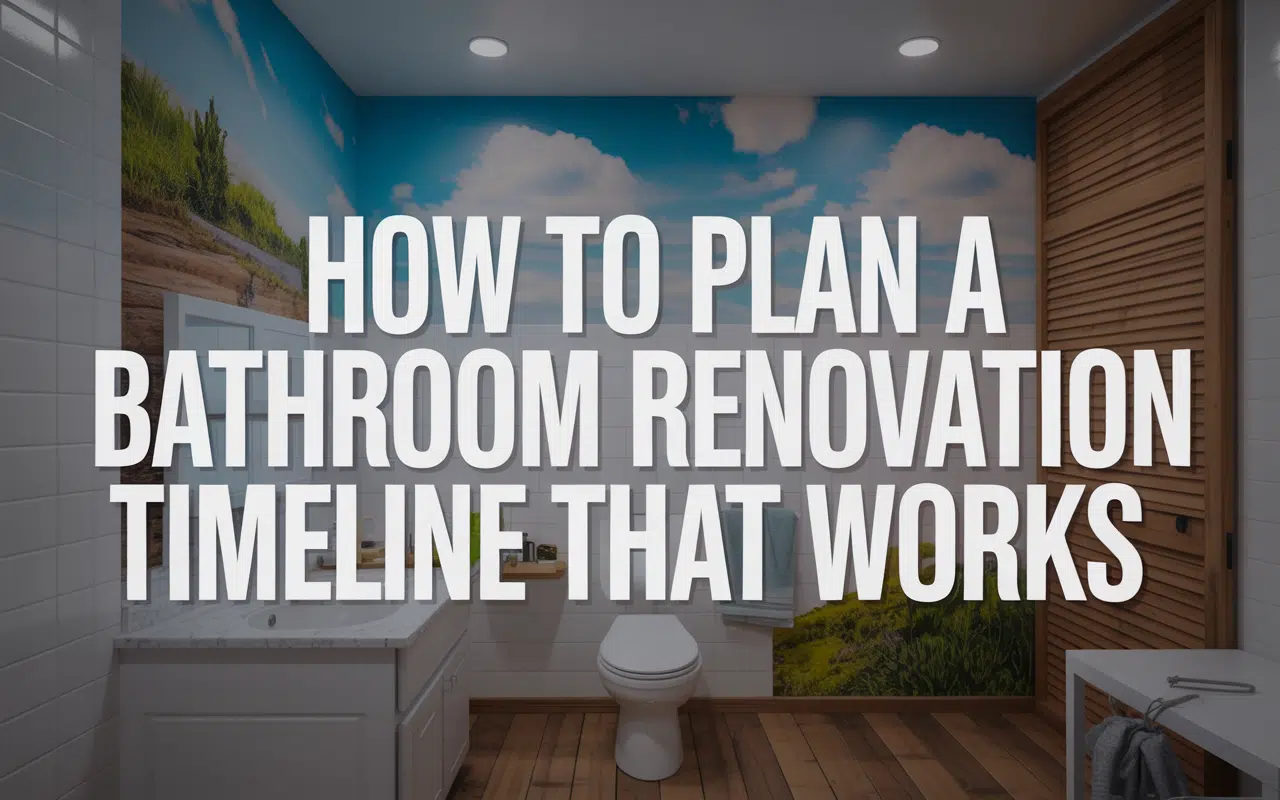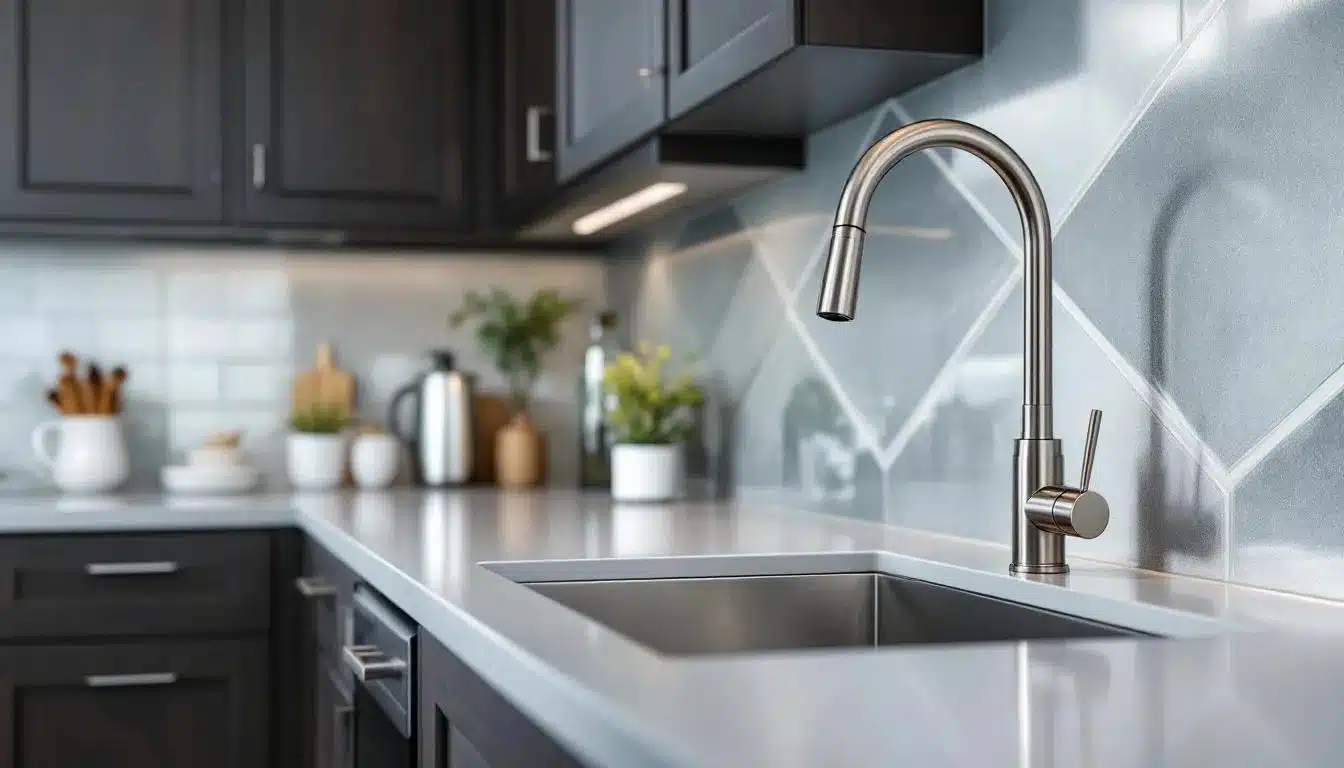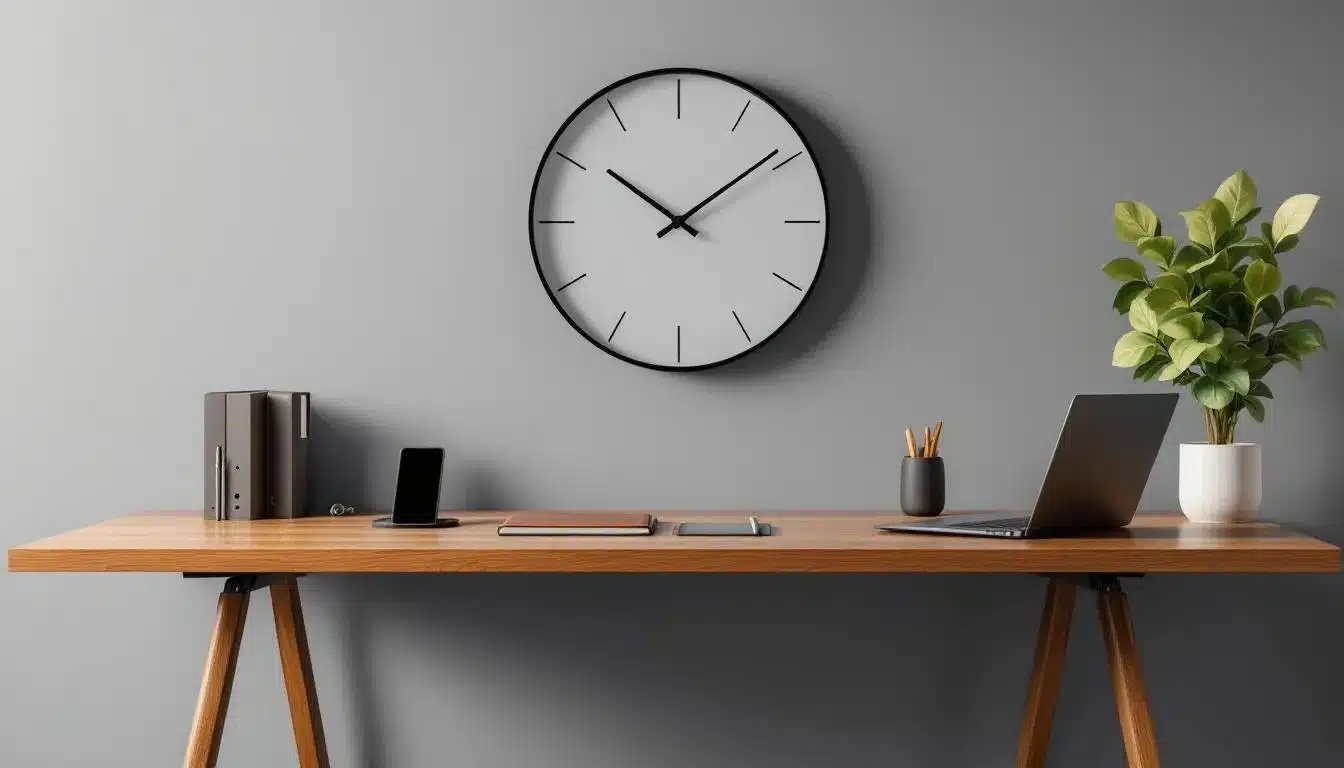
No Comment
How to Plan a Bathroom Renovation Timeline That Works
Planning a bathroom renovation requires a realistic understanding of how long each phase takes and what to anticipate before, during, and after construction. A well-structured timeline will help keep your project on track, minimize disruptions, and avoid budget overruns. 🏡✨
This article details the essential steps, expert tips, and frequently asked questions about creating a bathroom renovation timeline that suits your needs, from initial planning to final inspection. Whether you’re updating for style or functionality, preparation is key to success. Let’s dive in! 🛠️📋
Understanding the Typical Bathroom Renovation Timeline
Most bathroom renovations typically take between 3 to 8 weeks to complete, depending on the complexity and scope of the work involved. Simple cosmetic upgrades might wrap up in a few weeks, while larger remodels involving plumbing relocation, permitting, or structural changes can take up to three months. 📅💡
Recognizing these typical time frames sets proper expectations and helps you identify critical phases where delays are most likely to occur. Knowing what lies ahead ensures smoother sailing through the process. 🧭💪
Pre-Construction Planning: Getting Your Project Ready
Before demolition can begin, spend ample time clarifying your goals, finalizing design inspirations, establishing your layout, and researching materials. Secure a detailed budget and begin vetting contractors or design professionals as early as possible. This is also a great time to check out companies like VK Renovations, who specialize in tailored bathroom renovations. 🔍📝
Planning and selection during this pre-construction phase can take one to four months, particularly if you require building permits or custom materials. Rushing this stage often leads to costly mistakes later on, so patience pays off here. ⏳💰
“Overall, a renovation can take between six weeks to three months, from planning to punch list. If you plan to move plumbing or electrical wiring, be prepared to apply for city permits and board approvals. They are the biggest culprits for delaying renovations.” -Sweeten
Permits, Inspections, and Legal Requirements
Permits are often required for structural changes, update of plumbing, or extensive electrical work. The permitting process can add several weeks to your project, depending on municipal requirements and approval timelines. It’s crucial to factor this into your schedule early on. 📋🔒
Failing to secure the right permits not only causes delays but can result in steep fines and the need to redo completed work. Always consult with your contractor or local authorities to ensure compliance. Don’t skip this step-it’s non-negotiable! ⚖️🚨
“The pre-construction phase involves essential tasks to plan the project and prepare for on-site work. This stage typically takes between one and four months.” -Upscale Remodeling
Demolition and Preparing the Space
Demolition for a standard bathroom takes 1-3 days, but can take longer if unforeseen issues-such as water damage or structural surprises-arise once walls and fixtures are removed. If you’re living at home during this phase, prepare for noise and dust by sealing off the area. 🔨🧹
Rough-In Work: Plumbing, Electrical, and HVAC
Rough-in installations for plumbing, electrical, and HVAC prepare your bathroom for future fixtures and finishes, usually taking one to five days depending on project complexity. Inspections often follow to ensure the work meets code. These inspections are vital for safety and functionality. 🔧⚡️
“Yes, if you want to implement some structural reconstructions to your space, you’ll need a building permit. The same is true for extensive plumbing and electrical work.” -Statewide Remodeling
This phase can reveal hidden problems such as outdated wiring or leaks, which can extend your timeline unexpectedly as repairs are made. Being mentally prepared for such scenarios reduces stress when they arise. 💡🛠️
Finishing Work: Drywall, Tiling, and Painting
Finishing stages include installing drywall, applying paint, and adding tile on floors and walls. Each part needs appropriate drying and curing time to guarantee durability. Skipping this step compromises the quality of your renovation. 🎨🧱
“The demolition phase usually takes one to two days. As you might expect, demolition can be loud, so you should be prepared for disruptions if you are at home while this work is going on.” -Upscale Remodeling
Typically, you should allocate at least four to seven days for this step, though intricate tile work or specialty finishes may require more time. Patience during this phase ensures a polished end result that lasts for years. ✨💧
 Fixtures, Cabinets, and Final Touches
Fixtures, Cabinets, and Final Touches
Once surfaces are complete, all fixtures-such as sinks, toilets, tubs, mirrors, and cabinets-can be installed. This process typically takes two to three days, barring delays from missing parts or backordered items. Make sure everything is ordered ahead of time to avoid hiccups. 🪑🪞
“The rough-in process is the initial installation stage of a home renovation, particularly in a bathroom renovation.” -Upscale Remodeling
Dealing With Delays and Unexpected Setbacks
Delays most often stem from permit slowdowns, late deliveries, or the discovery of issues inside walls after demolition. Build at least one spare week into your schedule to account for such surprises. Flexibility is your best friend here! ⏳🚧
Maintain regular communication with your contractor and confirm that all materials are ordered well in advance to help keep the renovation timeline on track. Proactive management prevents minor setbacks from turning into major headaches. 🤝📦
“Tile work: 2 days. Bathroom floor: 2 days. Paint: 1 day.” -Hogan Design
DIY vs. Hiring a Professional: How Your Choice Affects the Timeline
Taking on a bathroom renovation yourself can greatly extend timelines unless you have prior experience; professionals streamline the process, troubleshoot on the fly, and speed up permit and inspection phases. Companies like VK Renovations offer expertise that DIYers simply can’t match. 👷♂️👩🔧
Weigh the cost savings of DIY against the potential for costly errors, lengthened disruptions, and the need to call in professionals to correct work that fails inspections. In many cases, hiring an expert saves time and money in the long run. 💼💰
“Cabinetry and trim: 1 day. Hookups and fixtures: 2 days. Final inspection: 1 day.” -Hogan Design
Tips for Staying on Schedule
To keep your renovation moving, select materials and fixtures that are in stock, have all design choices finalized before demolition, and insist on clear written start and end dates in your contract. Organization is your secret weapon. 📑📅
Schedule weekly status meetings with your contractor and use digital project management tools when possible to monitor progress in real time. Keeping everyone aligned avoids confusion and keeps things running smoothly. 📱📊
“The total number of days in this idealized timeline (23) doesn’t include ‘dead days’ that may occur because of unexpected issues, and assumes that work continues from one task to the next without lag time in between.” -Hogan Design
Final Inspection and the Punch List
After construction, a final inspection ensures all elements meet code and your specifications. Use a punch list to note any incomplete or unsatisfactory items, ensuring quick resolution before sign-off and final payment. This step guarantees satisfaction before closing the books on your project. ✅📝
 Frequently Asked Questions (FAQ)
Frequently Asked Questions (FAQ)
How long does a standard bathroom renovation take?
Most bathroom renovations are completed within 3 to 8 weeks, but more complex projects or those with permit requirements may take up to three months. Proper planning makes all the difference. 🕒🏠
Do I need permits for a bathroom renovation?
If your remodel includes structural changes, significant plumbing, or electrical work, permits are usually required; consult your municipality for specific regulations. Permits ensure your project is safe and legal. 🏛️📄
Can I use my bathroom during renovation?
Usually, your bathroom will be unusable throughout most of the renovation, so plan for alternative arrangements during this period. Temporary solutions, like portable toilets, can save the day. 🚽🛌
What factors most commonly cause project delays?
Permit waiting times, backordered materials, and discovering hidden problems during demolition are the three most common sources of delay. Anticipating these challenges keeps frustration at bay. 🚧🔍
Is it possible to speed up a bathroom renovation?
Projects are much more likely to stay on schedule if all materials are pre-ordered, decisions are made before work begins, and a professional contractor oversees progress daily. Efficiency starts with preparation. ⏩🛠️
Conclusion
A successful bathroom renovation hinges on thoughtful planning, honest time expectations, and clear communication between all parties involved. Securing all necessary approvals, lining up materials in advance, and staying proactive about potential delays ensures your project stays on track and budget. 🎯💸
Take the first step today: sketch out your wish list, research experienced contractors, and draft a projected timeline with built-in buffers. With the right preparation, you’ll soon enjoy the beautiful, functional bathroom you envisioned-without unnecessary stress or costly overruns. For expert guidance, consider reaching out to trusted professionals like VK Renovations. They’re ready to bring your dream bathroom to life! 🏡🌟



 Fixtures, Cabinets, and Final Touches
Fixtures, Cabinets, and Final Touches Frequently Asked Questions (FAQ)
Frequently Asked Questions (FAQ)